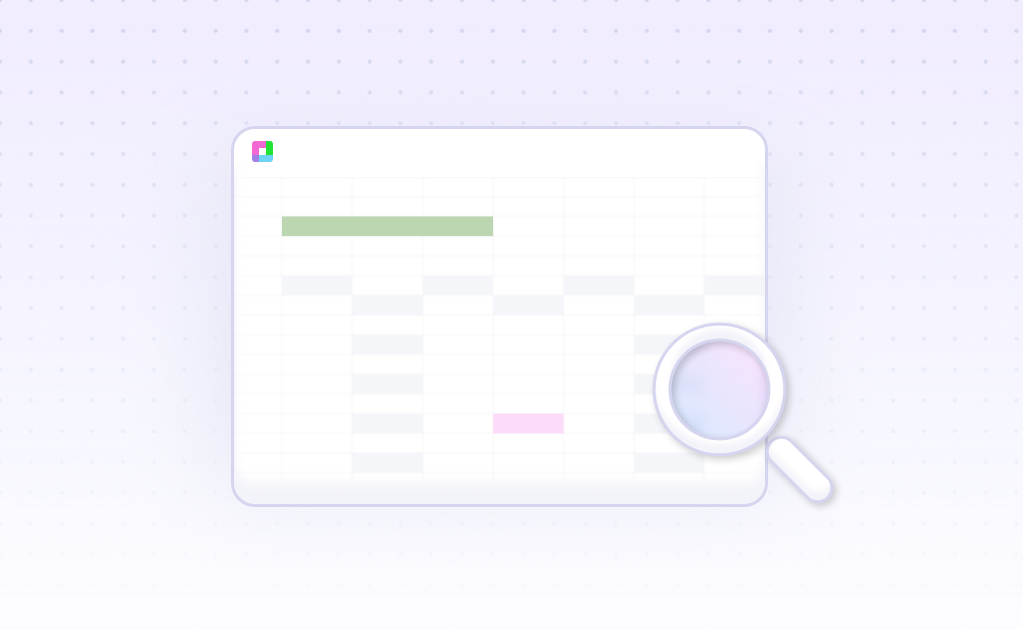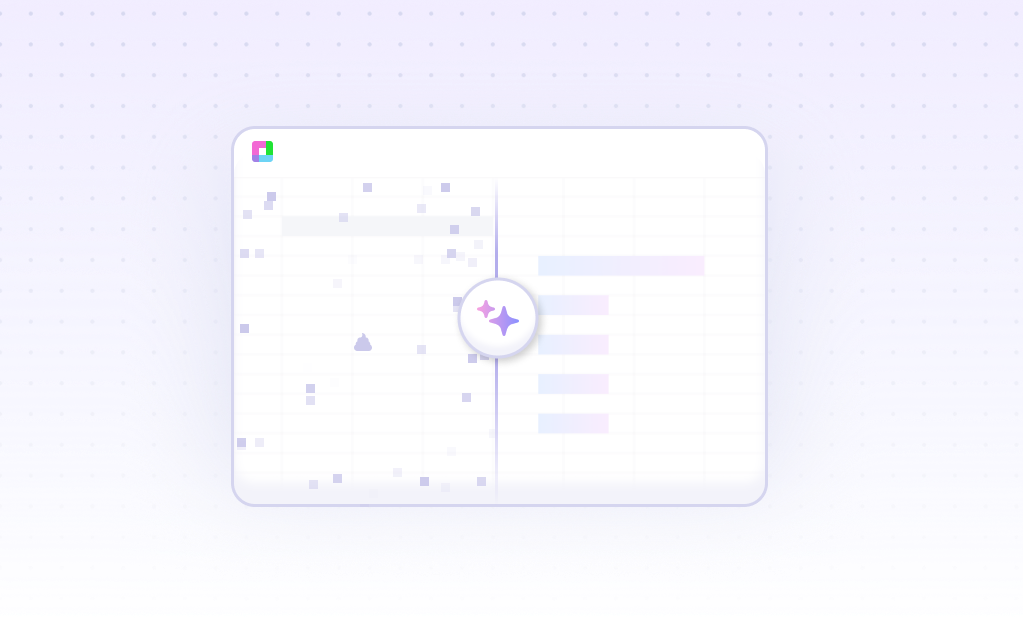
Educational assessment analysis doesn't have to be overwhelming. Whether you're tracking student progress, evaluating curriculum effectiveness, or identifying learning gaps, the right analysis can transform raw data into insights that genuinely improve learning outcomes.
Imagine having the power to spot struggling students before they fall behind, or discovering which teaching methods work best for different learning styles. That's what happens when you combine educational data with smart analysis tools.
Why Educational Assessment Analysis Matters
Turn assessment data into actionable insights that improve student outcomes and institutional effectiveness.
Early Intervention Insights
Identify at-risk students before they fall behind with predictive analytics that spot patterns in assessment data.
Curriculum Effectiveness
Measure which teaching methods and materials drive the best learning outcomes across different student populations.
Learning Gap Detection
Pinpoint specific knowledge gaps and skill deficiencies to create targeted intervention strategies.
Performance Trend Analysis
Track student progress over time to understand growth patterns and adjust teaching strategies accordingly.
Educational Assessment Analysis in Action
See how different educational scenarios benefit from systematic assessment analysis.
Elementary Reading Assessment
A school district analyzed reading assessment scores across grade levels to identify students needing additional support. By comparing phonics test results with comprehension scores, they discovered that 23% of third-graders had strong decoding skills but struggled with reading comprehension, leading to targeted intervention programs.
High School Mathematics Placement
A high school used placement test data combined with previous grades to optimize math course assignments. Their analysis revealed that students with strong algebra skills but weaker geometry performance succeeded better in statistics courses, improving overall math achievement by 15%.
University Course Evaluation
A university analyzed student feedback surveys alongside grade distributions to identify which courses needed curriculum updates. They found that courses with hands-on components had 40% higher satisfaction rates and better learning outcomes, informing future course design.
Special Education Progress Tracking
A special education program tracked individualized assessment data to measure IEP goal achievement. By analyzing multiple assessment types over time, they identified which intervention strategies worked best for different learning disabilities, improving goal attainment rates by 30%.
Types of Educational Assessments You Can Analyze
Educational assessment analysis works with virtually any type of learning measurement data. Here are the most common types that benefit from systematic analysis:
Formative Assessments
These ongoing assessments help track learning progress throughout instruction. Examples include weekly quizzes, homework assignments, class participation scores, and peer evaluations. Analyzing formative assessment data helps identify learning gaps early and adjust teaching strategies in real-time.
Summative Assessments
End-of-unit or end-of-course evaluations that measure overall learning achievement. This includes final exams, standardized tests, project portfolios, and comprehensive evaluations. Summative data analysis reveals curriculum effectiveness and long-term learning outcomes.
Diagnostic Assessments
Pre-instruction evaluations that identify existing knowledge and skills. Examples include placement tests, prerequisite skill assessments, and learning style inventories. Analyzing diagnostic data helps personalize instruction and predict student success.
Behavioral and Social-Emotional Assessments
Measurements of non-academic factors that impact learning. This includes attendance patterns, engagement surveys, social skills assessments, and emotional well-being indicators. These assessments provide crucial context for academic performance data.
How to Analyze Educational Assessment Data
Follow these steps to transform raw assessment data into actionable educational insights.
Data Collection and Organization
Gather assessment data from multiple sources - test scores, rubric evaluations, survey responses, and attendance records. Organize data by student, time period, and assessment type for comprehensive analysis.
Pattern Recognition
Identify trends and patterns in the data. Look for correlations between different assessment types, performance gaps across demographic groups, and changes in achievement over time.
Statistical Analysis
Apply appropriate statistical methods to measure significance and reliability. Calculate means, standard deviations, correlations, and confidence intervals to understand data relationships.
Visualization and Reporting
Create clear charts, graphs, and dashboards that communicate findings to stakeholders. Use visual representations to highlight key insights and trends in student performance.
Action Planning
Translate analysis results into concrete action steps. Develop intervention strategies, curriculum adjustments, and support programs based on data-driven insights.
Essential Metrics for Educational Assessment Analysis
Successful educational assessment analysis focuses on metrics that directly impact learning outcomes. Here are the most important indicators to track:
Academic Performance Metrics
Equity and Access Metrics
Predictive Indicators
Frequently Asked Questions
How often should educational assessments be analyzed?
The frequency depends on the assessment type and purpose. Formative assessments should be analyzed weekly or bi-weekly for immediate instructional adjustments. Summative assessments are typically analyzed quarterly or semester-end for curriculum evaluation. Diagnostic assessments are analyzed at the beginning of each academic period for placement and planning decisions.
What sample size is needed for reliable educational assessment analysis?
For classroom-level analysis, a minimum of 15-20 students provides meaningful insights, though 30+ is preferred for statistical significance. For school or district-level analysis, samples of 100+ students per grade level or subject area provide more reliable results. The key is ensuring your sample represents the population you want to understand.
How do you handle missing data in educational assessments?
Missing data is common in educational settings due to absences, late enrollments, or incomplete assessments. Best practices include: documenting the reason for missing data, using appropriate statistical methods that account for missing values, and being transparent about data limitations in your analysis reports.
What's the difference between norm-referenced and criterion-referenced assessment analysis?
Norm-referenced analysis compares student performance to peers (percentiles, standard scores), while criterion-referenced analysis measures performance against specific learning standards or objectives. Both approaches provide valuable insights - norm-referenced for comparative purposes and criterion-referenced for mastery-based decisions.
How can assessment analysis help with individualized education planning?
Assessment analysis identifies specific strengths and weaknesses for each student, enabling personalized learning goals and intervention strategies. By analyzing multiple assessment types over time, educators can track progress toward IEP goals, adjust support strategies, and demonstrate student growth to parents and administrators.
What privacy considerations apply to educational assessment analysis?
Educational assessment data is protected by FERPA and other privacy regulations. Analysis should aggregate data when possible, limit access to authorized personnel only, secure data storage and transmission, and obtain appropriate consent for data sharing. Always follow your institution's privacy policies and legal requirements.
Frequently Asked Questions
If your question is not covered here, you can contact our team.
Contact Us




